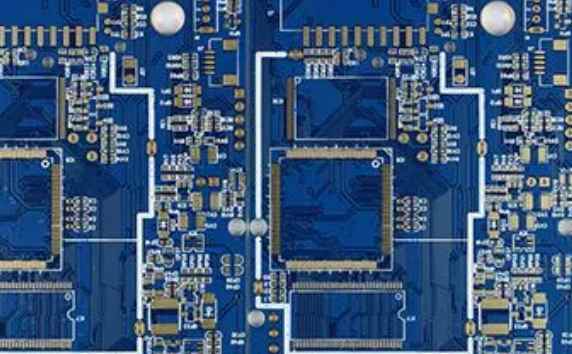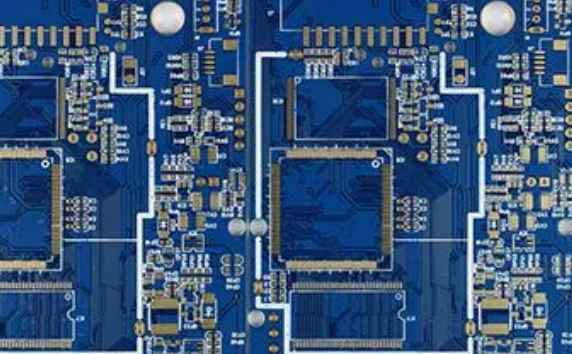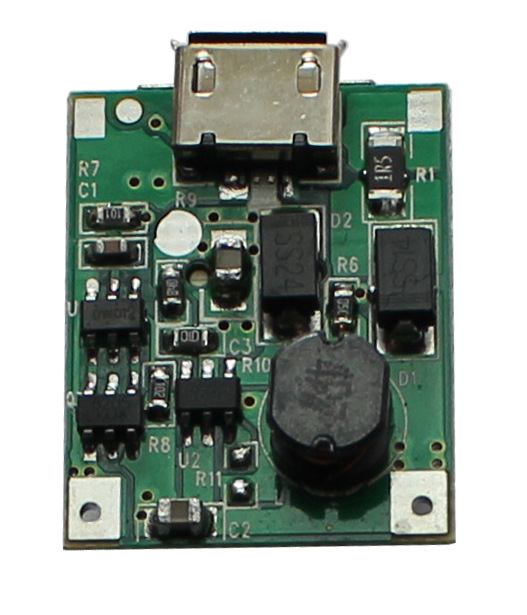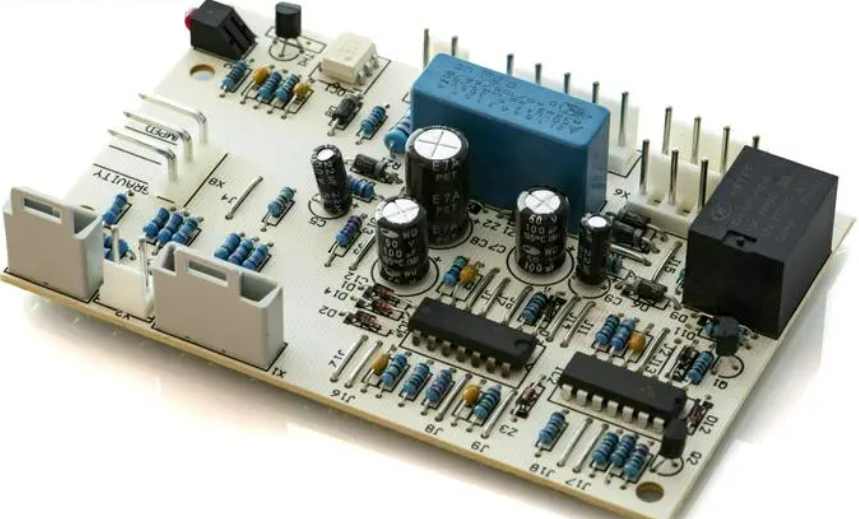
PCB circuit board (Printed Circuit Board) Printed PCB, short for circuit board. Usually put on the insulation material, according to the predetermined design, made of printed circuit. A printed element or a combination of the two forms a conducting pattern called a printed circuit. The conductive pattern that provides the electrical connection between components on the insulating substrate is called the printed line. In this way, the printed circuit or printed circuit of the finished board called printed circuit board, also known as printed board or printed circuit board. It's used by almost every electronic device we see, down to electronic watches. The calculator. General-purpose computer, large to computer. Communicate electronic devices. Military weapon system, as long as there is integrated circuit and other electronic devices, electrical interconnection between them to use PCB, circuit board.

The plating process of the circuit board can be classified as: acid bright copper plating, nickel plating/gold plating, tin plating.
one Classification of electroplating process:
Acid bright copper plating nickel plating/gold plating tin
two Process flow:
Acid leaching → whole plate plating copper → pattern transfer → acid decreasing → two-stage counter current rinsing → micro-etching → two-stage leaching → tinning → two-stage counter current rinsing
Counter-current rinsing → acid leaching → graphic copper plating → two-stage counter-current rinsing → nickel plating → two-stage washing → citric acid leaching → gold plating → Recovery →2-3 stage pure water washing → drying
Three. Process description:
(1) Acid leaching
① Function and purpose:
Remove the surface oxide, activate the surface, the general concentration in 5%, some maintain at about 10%, mainly to prevent water into the tank caused by sulfuric acid content is unstable;
The acid leaching time should not be too long to prevent the surface oxidation; After a period of use, the acid appears cloudy or the copper content is too high, should be replaced in time to prevent pollution of the surface of the electroplated copper cylinder and plate;
③ Grade C.P sulfuric acid should be used here;
(2) full plate copper plating: called copper again, plate electricity, Panel-plating
Protect the thin chemical copper that has just been deposited, prevent the chemical copper from being eroded away by acid after oxidation, and add it to a certain extent through electroplating
The main components of the bath are copper sulfate and sulfuric acid. The formula of high acid and low copper is adopted to ensure the uniformity of the thickness distribution of the plate and the ability of deep plating for deep holes. Sulfuric acid content in 180 g/l, more than 240 g/L; The content of copper sulfate is generally about 75g/l, and a trace of chloride ions are added to the other tank, which is used as the auxiliary gloss agent and copper gloss agent to play the luster effect together; The amount of copper polishing agent added or the amount of cylinder opening is generally 3-5ml/L. The addition of copper polishing agent is generally supplemented by the method of kilo ampere hour or according to the actual production plate effect; The current calculation of the whole plate electroplating is generally calculated as 2 ampere/square decimeter times the plating area on the plate. For the whole plate electricity, it is the plate length Adm× plate width Adm×2×2A/ DM2; The temperature of the copper cylinder is maintained at room temperature, the general temperature is not more than 32 degrees, and most of the temperature is controlled at 22 degrees. Therefore, in summer, because the temperature is too high, the copper cylinder is recommended to install cooling temperature control system;
Daily according to thousands of aah to timely supplement copper polish, according to 100-150ml/KAH supplement; Check whether the filter pump works normally and there is no leakage; The cathode conductive rod should be scrubbed clean with a clean wet rag every 2-3 hours; The content of copper sulfate (once a week), sulfuric acid (once a week) and chloride ion (twice a week) in copper cylinder should be analyzed regularly every week, and the content of light agent should be adjusted by Hall chamber test, and relevant raw materials should be supplemented in time. Every week to clean the anode conductor rod, the tank body at both ends of the electrical joint, timely supplement the anode copper ball in the titanium basket, with low current 0.2-0.5asD electrolysis for 6-8 hours; Monthly check whether the anode titanium basket bag is damaged, damaged should be replaced in time; And check whether there is anode mud at the bottom of the anode titanium basket, if there is, it should be cleaned up in time; With carbon core continuous filtration for 6-8 hours, at the same time low current to remove impurities; Every half a year or so according to the specific tank pollution situation to decide whether to need large treatment (activated carbon powder); Every two weeks to replace the filter pump element;
(4) Large processing procedures: A. Take out the anode, pour out the anode, clean the anode film on the anode surface, and then put it in the bucket of packaging copper anode, arsing the surface of the copper Angle with micro-etching agent to uniform pink, wash and dry, put it into the titanium basket, square into the acid tank reserve B. The anode titanium basket and anode bag were soaked in 10% lye for 6-8 hours, washed and dried, then soaked in 5% dilute sulfuric acid, washed and dried for later use; C. Transfer the tank to the spare tank, add 1-3ml/L 30% hydrogen peroxide, start heating, when the temperature increases to about 65 degrees, turn on the air stirring, keep the air stirring for 2-4 hours; D. Turn off the air stirring, and slowly dissolve the activated carbon powder into the tank at the rate of 3-5 g/l. After the solution is completely dissolved, open the air stirring, so as to hold the heat for 2-4 hours; E. Turn off the air, stir, heat, let the activated carbon powder slowly precipitate to the bottom of the tank; F. When the temperature drops to about 40 degrees, filter the tank with 10um PP filter element and filter powder to clean the working tank, stir the air, put the anode, hang the electrolytic plate, electrolytic for 6-8 hours according to 0.2-0.5ASD current density low current, G. After laboratory analysis, adjust the content of sulfuric acid, copper sulfate and chloride ions in the tank to the normal operating range; Add light agent according to the results of Hall chamber test; H. When the color of the electrolytic plate surface is uniform, the electrolysis can be stopped, and then the electrolytic film forming process is conducted for 1-2 hours according to the current density of 1-1.5ASD, until a layer of uniformly dense black phosphorus film with good adhesion is generated on the anode; I. Test plating OK.







